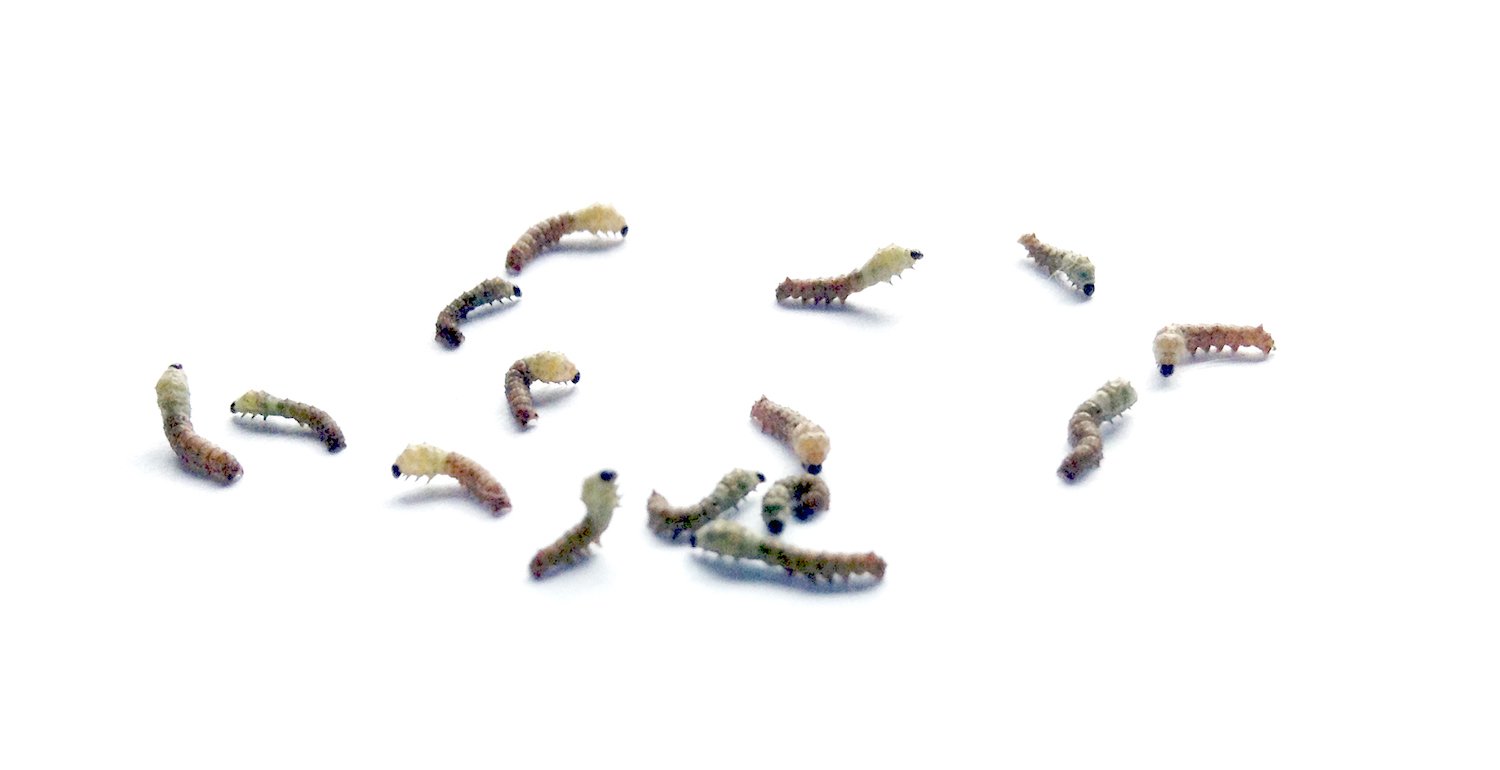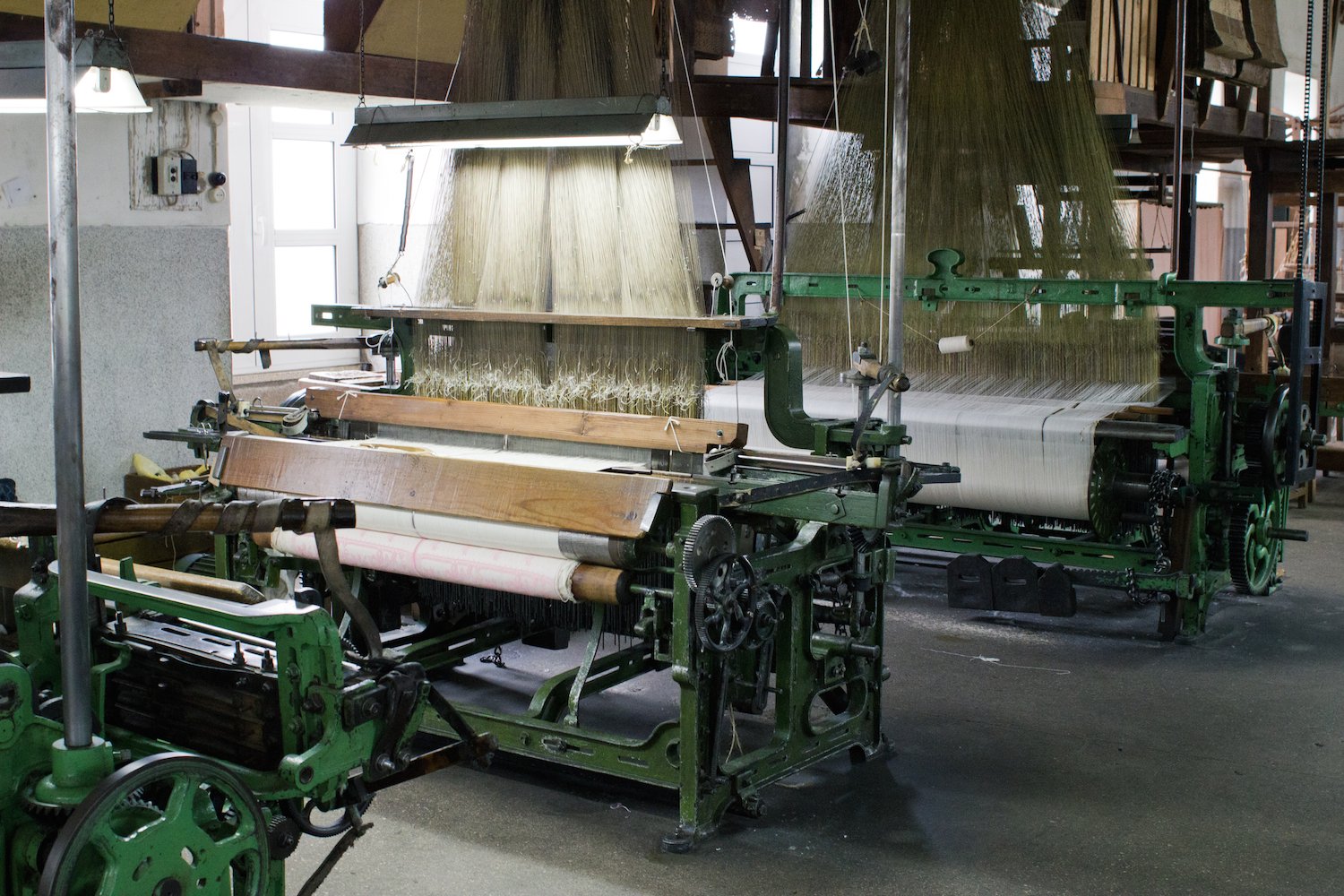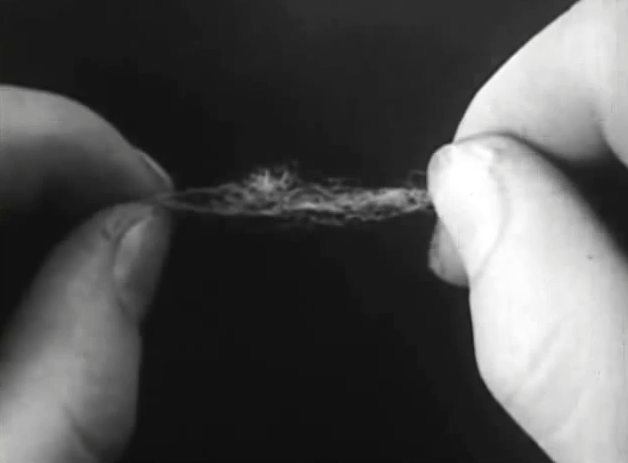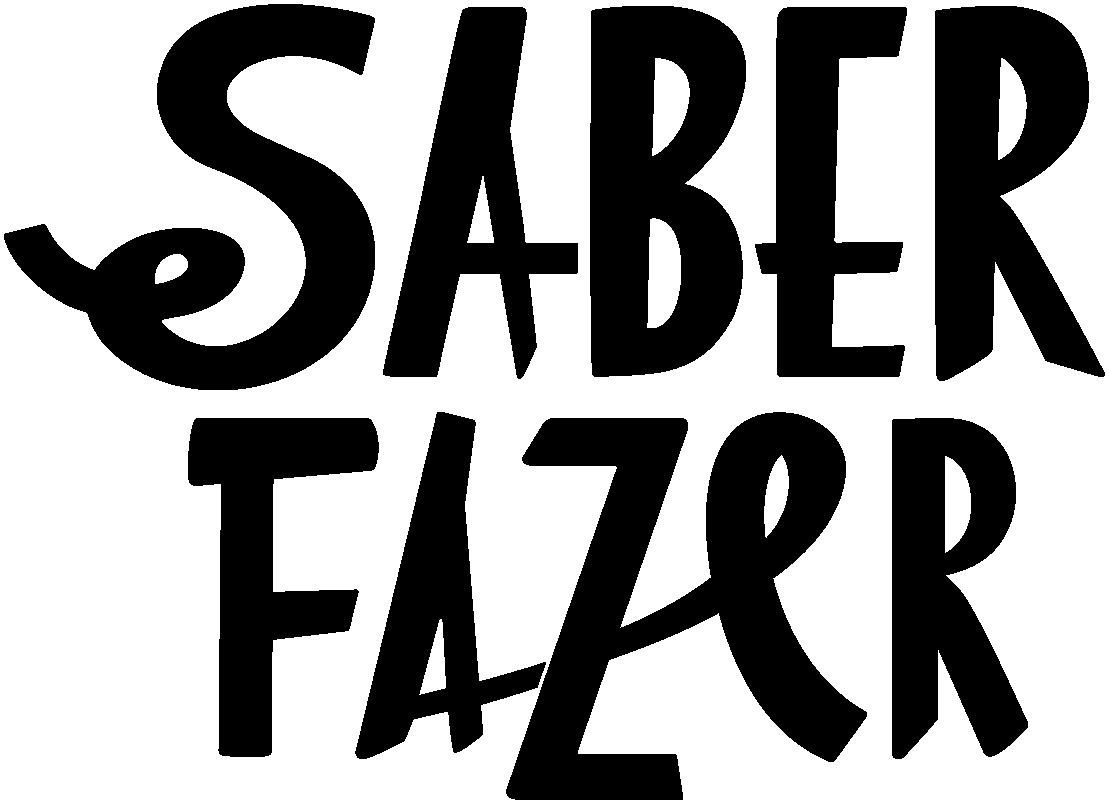Blog



Flax sowing 2016
After the trouble we had finding Galego Flax seed to start our crop in Serralves last year, it felt good to have it multiplied and have this year's sowing assured without having to count seeds.

It's that time of the year again
Yes, it's true. I didn't even finish telling the story of last year's silkworm raising and silk reeling and the 2016 silkworms are here already. But that's what happens when you want to get a farm to produce, wool, flax, silk, write about that, make a study about portuguese wool, run a shop and also have a baby by the way.

A matter of perspective
I've written about the case of Daniel Harris before, in 2012, but it's a case I want to revisit because his work has grown and consolidated in the meantime, and he's now a proven example of what I wanted to show at the time.
We should probably look at what we're wearing too
Rebeca Burgess, founder of Fibershed, in this interview;

![[wip] Portuguese wool - a practical guide](https://images.squarespace-cdn.com/content/v1/648982341579d12f2111cfb5/1687858372291-XW3CG5XCRV8I4N978MEQ/image-asset.jpeg)
[wip] Portuguese wool - a practical guide
The very tedious part of doing the sample photoshoot is the very satisfactory part of seeing your work finally come together.

At the shop: books about flax!
Finding books on flax cultivation written in Portuguese is not easy. Most of the ones I find that are actually useful for practice were published in the first half of the 20th century and are rarities, really.
![[wip] Portuguese wool - a practical guide](https://images.squarespace-cdn.com/content/v1/648982341579d12f2111cfb5/1687858404902-N0Z3Y2AQ41DDESC95Y97/image-asset.jpeg)
[wip] Portuguese wool - a practical guide
Well, There's a problem that I just never have...
Did I know that transforming bags of raw wool from every corner of our country into teeny-tiny envelopes like these would be so much work? Of course not. And I'm glad I didn’t, otherwise I would have chickened out.


The Woodworking Tools book is back in the shop
After being sold out for a couple of months, the Woodworking Tools book is again available at the shop.

In the meantime: national sheep breeds.
While I don't finish the marathon that this small study about the wool from portuguese sheep breeds as turned into, here's a little video on the subject.

The first experiments
Although I'm buried in work and do not have the time to write all the posts I need to write, I had to come here and share Guida Fonseca's first experiments with some of the wools she discovered through our ongoing small Portuguese Wools study, in her own work.

In search of the lost scutcher
By the end of June, there I went, all the way up Minho, hoping to find one of those mechanic scutchers still in working condition.

The festival
Just like last year, it was a very intense day fully spent teaching spinning, weaving and basketry. Although we ended up extremely tired, we all agreed that it is very important to open this kind of activities to the general public, that for the most part, never did anything of the kind.

Being Merino in Portugal
The merino confusion began with our work on portuguese wools, when terms we had been using for some time got mixed up with new terms we were learning. Merino, Merino Alentejano, Merina Branca, Merina Preta, Merina da Beira Baixa, merino extra, merino fino, merino médio e merino forte. What do they mean, and how do they relate to each other?

Portuguese Wool national classification system
One thing that is good to know, is the classification system that is being used in our country. These two tables aren't the easiest thing to find (this book is from 1947), but I was lucky enough to find it in a bookshop right here in Porto, at the moment I started looking for it.

Plying with a portuguese spindle
Surprisingly for me, most of my Portuguese Spindles have been traveling to the other side of the Atlantic. I guess it should be no wonder for two reasons: first, fiber culture out there is much more developed and intense than in our country, and second, I know that this spindle is quite unusual, so it should spark some curiosity in the community.
Where do your plastic clothes end up?
There are other costs, as well. This disposable, mass production of fast fashion is amplifying one of the biggest environmental problems you’ve probably never heard of. Billions of micro fibers—small bits of plastic easily consumed by aquatic life—are being emitted into the environment from the clothes we wear.

